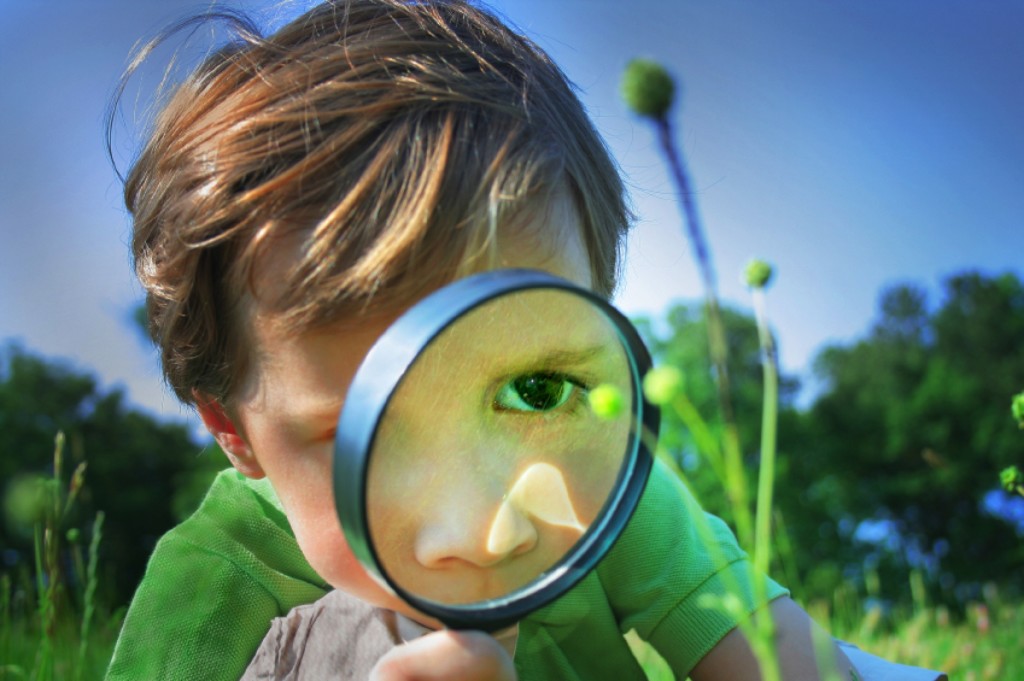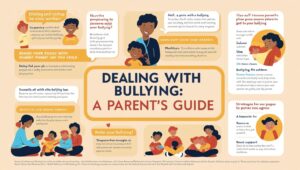
As parents, we are always concerned about our children’s development. Typically (due to this concern) we are aware when something is wrong. However, when it comes to things like vision, hearing, and coordination, it can take a while to discover issues. It might be a while before your child’s problem in these areas manifests itself, which can make it difficult to detect—however, there are a few helpful signs to look for, especially when it comes to vision. If you are concerned that your child might need glasses or contacts, keep reading to learn how you can determine any irregularities in his or her vision.
Child Eye Examinations
According to the American Academy of Pediatrics (AAP), and the American Academy of Ophthalmology (AAO) all children need to have their eyes tested during their fourth-year exam by a pediatrician. Should a child have been born premature or have other medical issues related to vision, it can be done earlier. After this initial examination, the child should still have their eyes checked periodically throughout their childhood—this can typically done at yearly checkups. Frequent eye examinations will help you know if your child suffers from any vision-related issues.
Avoidance of Activities
There are many reasons a child may not want to do certain activities. Drawing, reading or working with their hands are things children typically don’t avoid. There may be a number of reasons a child doesn’t do these things, and poor vision can be one of them. When a child struggles to see, they avoid doing things that should be easy for them, so pay attention to what kinds of activities they resist and why.
Sitting Close to Screens
Parents need to notice if their child turns on the television or computer and sits very close to it. Most children will be comfortable sitting around ten to fifteen feet away from a television. They should also be okay with sitting this far away from a game console. If a child is sitting much closer, they may have problems seeing images on the screen.
Squinting or Headaches
It’s common for children to get an occasional bruise from bumping into things. If a child has a vision problem, they may struggle to see things that are at a distance or close to them. According to an article in the New York Daily News, this could cause them to squint in order to better focus. The muscles in the back of their eyes will become tense, which could cause them to have headaches. A child who regularly rubs their head and complains of having a headache may need to have their eyes examined. If a child squints around bright lights, this may also be a sign they need to see an eye doctor.
Problems Reading
If a child seems to struggle to follow when reading with a parent, it may be a sign they are having vision problems. If reading or any other activity is followed by a child rubbing their eyes, this may be a concern. A parent also needs to notice if their child frequently has red or watery eyes. These are signs of vision problems.
Eye Doctors
If a parent suspects their child is having vision problems, they should take them for an eye examination by a vision specialist. An ophthalmologist, optometrist, and optician are trained to assist in determining a child’s need for glasses or contacts. An ophthalmologist is a physician who specializes in treating vision problems. They are able to prescribe eyeglasses, as well as contact lenses. In more extreme cases, an ophthalmologist is also able to perform eye surgery if it is needed. An optometrist is a medical professional who is trained to conduct eye exams. They know how to determine the correct prescription for a child’s eyeglasses or contact lenses. An optician is able to make and sell eyeglasses, as well as contact lenses based on a prescription written by an ophthalmologist or optometrist.
Eye Exam
According to an article at Kids Health, during an eye exam, a child may be asked to read or identify letters and numbers on an eye chart. The letters or numbers will be a variety of sizes. A child may be asked to read or identify numbers and letters up close. If a child does need glasses or contact lenses, they will look through a machine that determines the correct prescription. The goal is for the child to have their vision corrected and as clear as possible.
It isn’t always easy to narrow down and detect vision problems within your child, especially if he or she isn’t old enough to speak. You will have to be extremely observant of the child, and even collaborate with their teachers or caregivers to determine whether or not they are having trouble seeing. If you have suspicions, it never hurts to ask the eye doctor or take them for an eye exam just to be sure. The information for this article was provided by eye surgeons in Salt Lake City who specialize in correcting vision problems.



